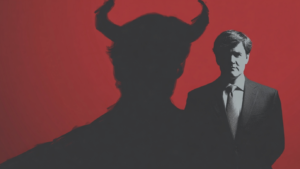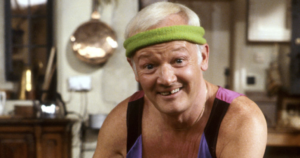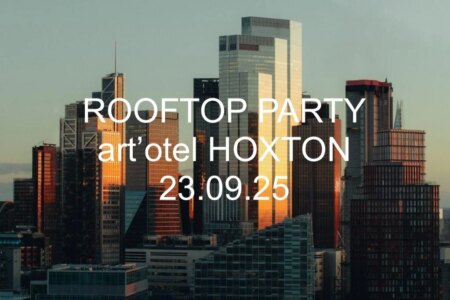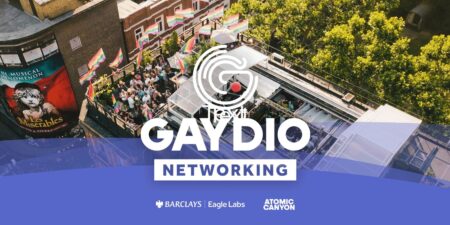For many gay men over 40, a recurrent, sometimes unsettling feeling is that of being emotionally stuck in youth despite having reached middle age. This experience, often expressed as feeling like an 18-year-old inside, is not a question of immaturity or failure but a recognized phenomenon known as emotional arrest. It describes a disruption or freezing of emotional development typically originating from childhood or adolescence, a period when many LGBTQ+ individuals faced the necessity of hiding their true selves or delaying their emotional growth due to societal pressures and stigma.
Emotional arrest arises from a combination of factors unique to the LGBTQ+ experience. Many gay men never lived through a typical adolescence, missing pivotal rites of passage such as first loves, school dances, or early heartbreaks. This lost or suppressed teenage phase often resurfaces during adulthood. Additionally, growing up in environments hostile to queerness can inflict deep, lasting wounds of trauma and shame, effectively ‘freezing’ emotional development in time. The absence of healthy role models depicting emotionally mature gay relationships adds another layer, leaving many to navigate adulthood still figuring out what emotional maturity looks like.
This arrested emotional state reveals itself in various ways beyond middle age: heightened reactions to rejection, difficulty tolerating silence in relationships, emotional avoidance, and struggles with boundaries. Some men find themselves drawn disproportionately to younger partners, seeking validation or a reenactment of lost adolescent dynamics. Others relapse into youthful behaviours such as heavy partying or ghosting, indicating unresolved inner turmoil rather than simple immaturity. These manifestations, rather than signs of being broken, point to unfinished emotional growth that is waiting to be nurtured and healed.
Underlying these patterns is often chronic shame, a complex trauma common among LGBTQ+ individuals who have internalized negative societal messages about their identities. This shame fuels defensive strategies such as perfectionism, self-criticism, and emotional disconnection that can inhibit development and the capacity to form authentic relationships. Frameworks like ‘psychic ghettoisation’ describe how these defensive mechanisms serve to protect from further harm but also isolate, creating cycles of alienation and emotional arrest.
Prominent psychological voices, such as Dr. Alan Downs in “The Velvet Rage,” outline the trajectory from internalised shame to eventual pursuit of authenticity, noting that healing from shame and emotional arrest is not only possible but a necessary journey for many gay men who survived climates of rejection, censorship, and fear throughout their formative years. This healing often demands conscious effort and support, with therapy—especially LGBTQ+ affirmative and trauma-informed approaches—playing a crucial role. Through therapy, journaling, self-reflection, and building emotionally mature connections, men can begin to reconcile with their younger selves, allowing delayed growth to finally unfold.
Importantly, emotional maturity should not be seen as a fixed destination but rather a lifelong process. For many gay men, this process commences later in life not from deficit but as a natural consequence of survival in an environment that demanded concealment and self-protection. Acknowledging that feeling chronologically older while emotionally younger is understandable and shared helps dismantle the shame around this experience. As one author noted, these men are not broken; they are becoming—finally given the permission and space to grow into fuller versions of themselves.
Source: Noah Wire Services




















